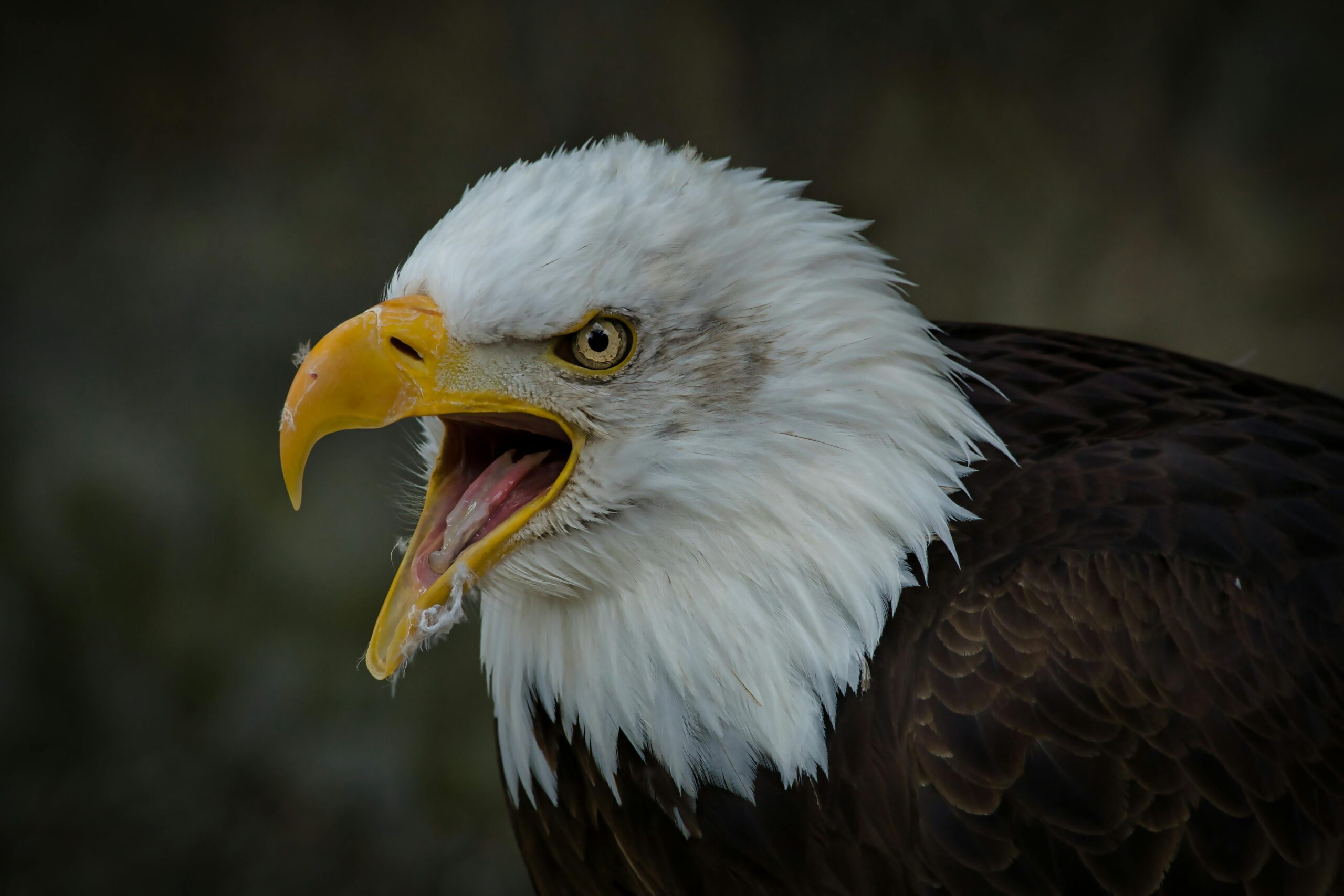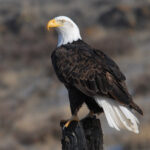The bald eagle life cycle is a captivating journey that spans several stages, each with its unique characteristics and adaptations. As an iconic symbol of the United States, understanding the intricacies of this majestic bird’s life cycle is crucial for its conservation and appreciation.
The Egg and Incubation
The bald eagle life cycle begins with the mating of a pair of adult eagles. After successful mating, the female lays a clutch of one to three eggs, typically in late winter or early spring. These eggs are then incubated by both the male and female eagles for approximately 35 days. During this time, the parents take turns sitting on the eggs, ensuring they are kept warm and protected.
The Eaglet’s Emergence and Early Development
 Image source: Pexels by Anrita Krause
Image source: Pexels by Anrita Krause
Once the eggs hatch, the eaglets, or hatchlings, emerge covered in a soft, white down. These newborn eagles are completely dependent on their parents for food and care. The eaglets grow rapidly, with their survival often dependent on their position in the pecking order within the nest. The first-hatched eaglet typically has an advantage over its siblings, receiving more food and attention from the parents.
Fledging and Independence
After 10 to 12 weeks, the eaglets become fully feathered and are ready to take their first flight, a stage known as fledging. During this time, the fledglings continue to return to the nest and stay close to their parents, learning essential hunting and flying techniques. As they become more independent, the juvenile eagles will eventually migrate to find their own winter territory, where they can establish a home range and secure food resources.
Maturity and Mating
It takes approximately four to five years for a bald eagle to reach full maturity. At this stage, the juvenile eagles develop their distinctive golden plumage on their head and neck, and their wingspan can reach up to seven feet. Mature bald eagles form mating pairs for life and build massive nests, which can weigh up to 2,000 pounds and measure up to 10 feet in diameter.
Longevity and Adaptations
Bald eagles have a relatively long lifespan, with some individuals living up to 30 years in the wild. These birds have few natural predators, with the primary threat being human activities such as habitat destruction and hunting. Bald eagles have evolved remarkable adaptations, including keen eyesight, powerful talons, and the ability to soar effortlessly for hours, making them highly efficient hunters and scavengers.
The Importance of Food Availability
The timing of the bald eagle’s reproductive cycle is closely tied to the availability of optimal food resources. Ornithologists believe that food availability is the primary factor that determines the evolution of the species’ life-history traits and strategies. By ensuring a consistent and abundant food supply, bald eagles can successfully raise their young and maintain a healthy population.
Conclusion
The bald eagle life cycle is a captivating and complex process that showcases the remarkable adaptations and resilience of this iconic species. Understanding the various stages of the bald eagle’s life cycle is crucial for conservation efforts and ensuring the continued survival of this majestic bird. By protecting the bald eagle’s habitat, promoting sustainable practices, and raising awareness about its importance, we can safeguard this symbol of American pride for generations to come.



